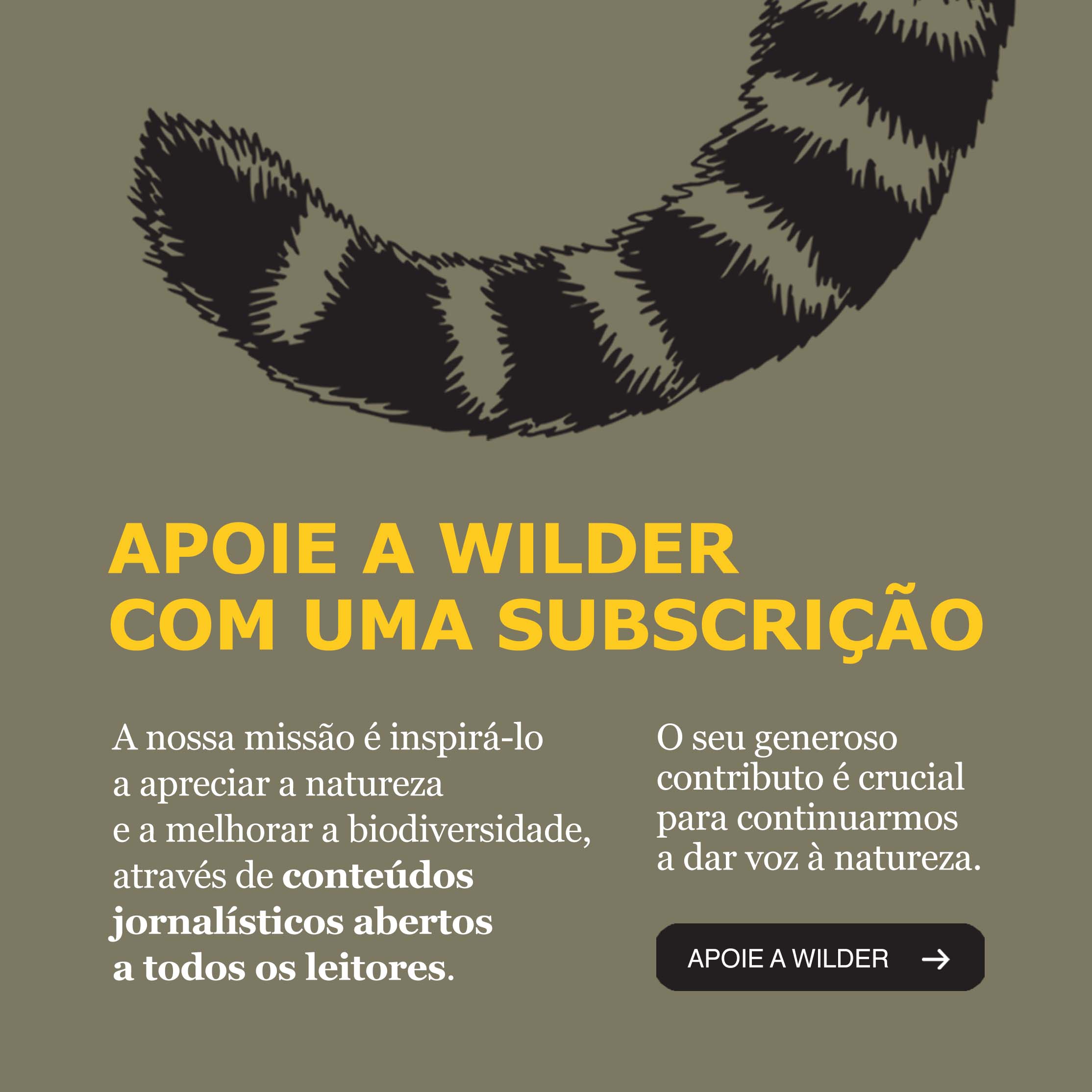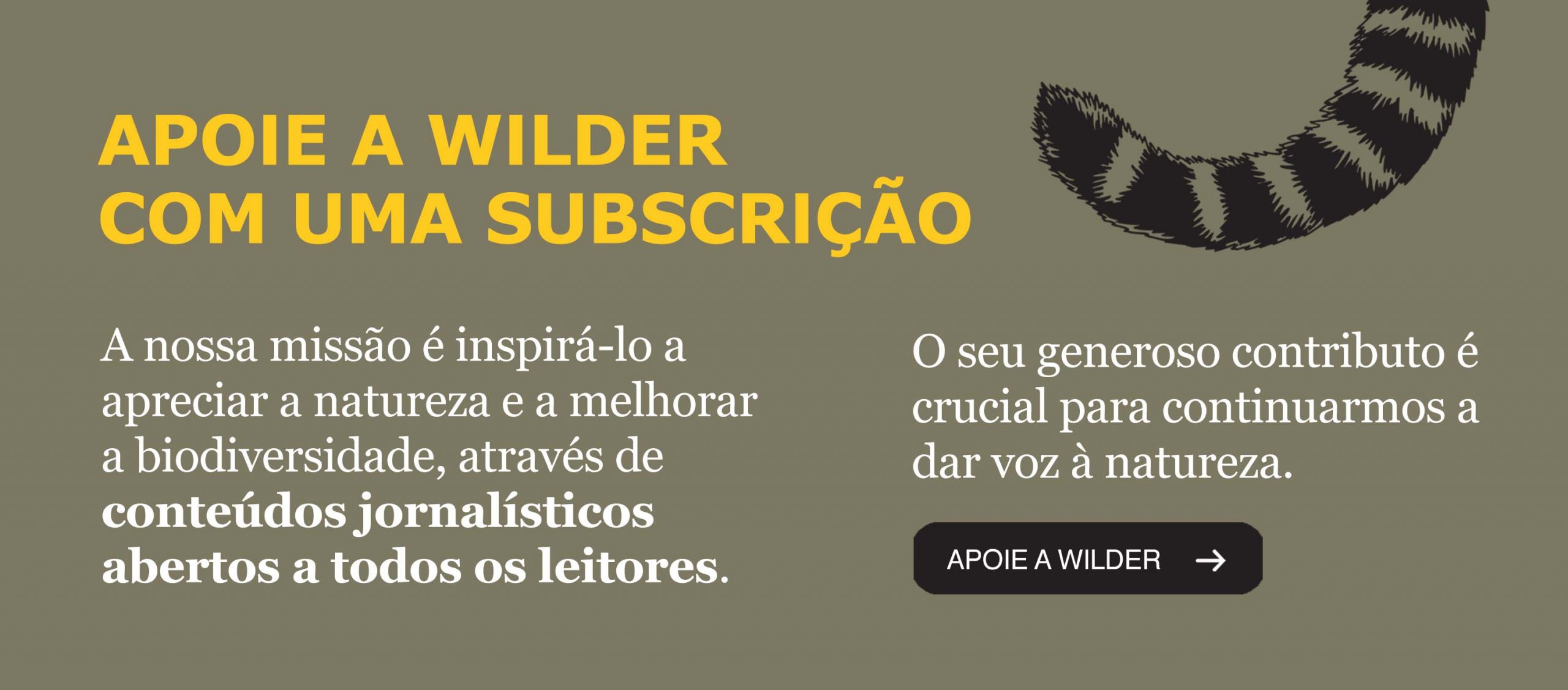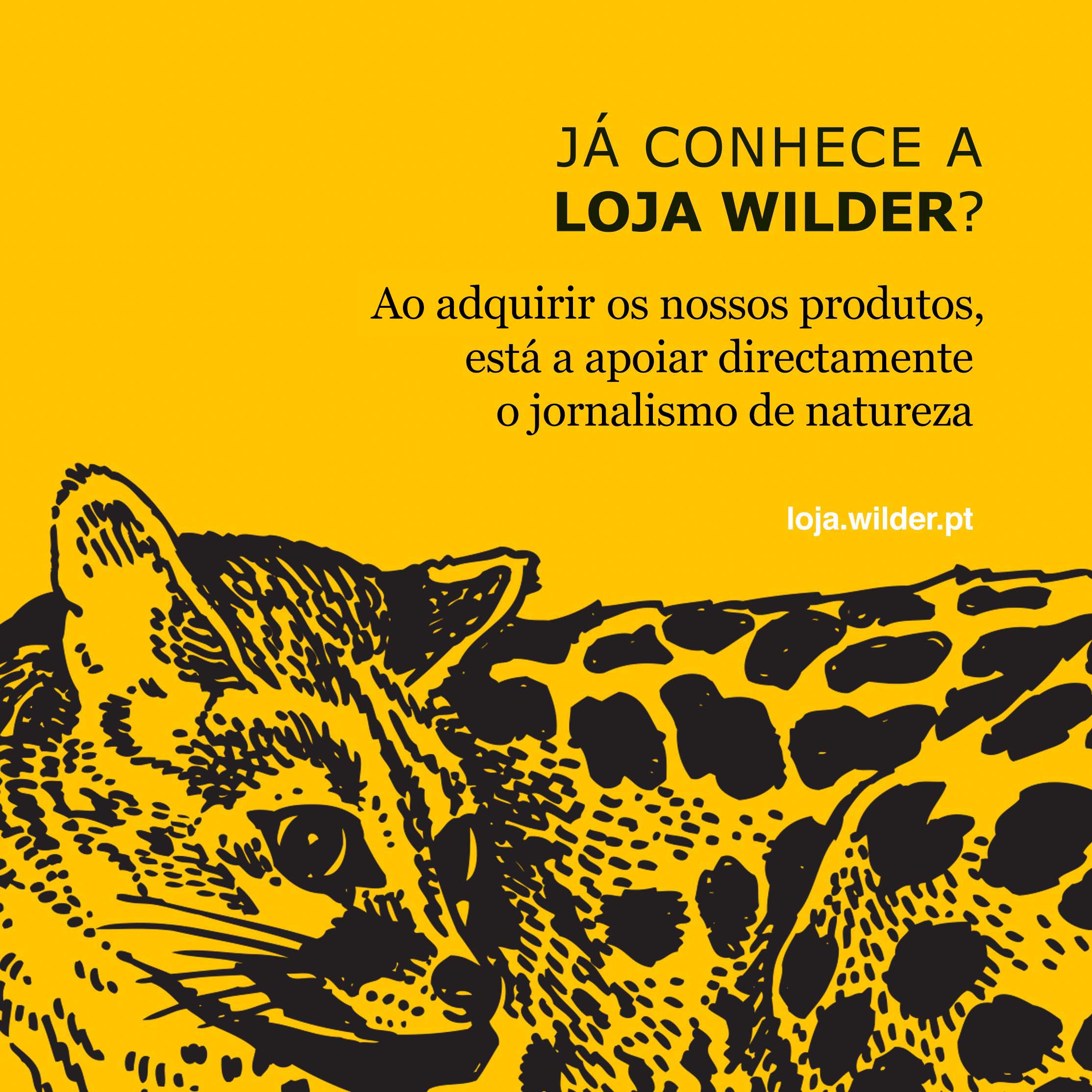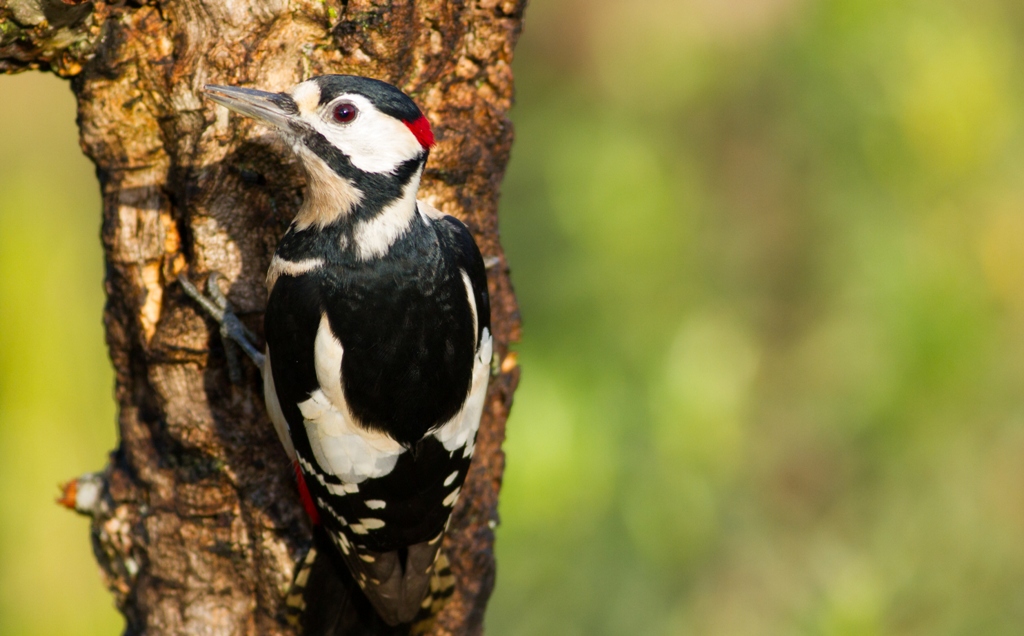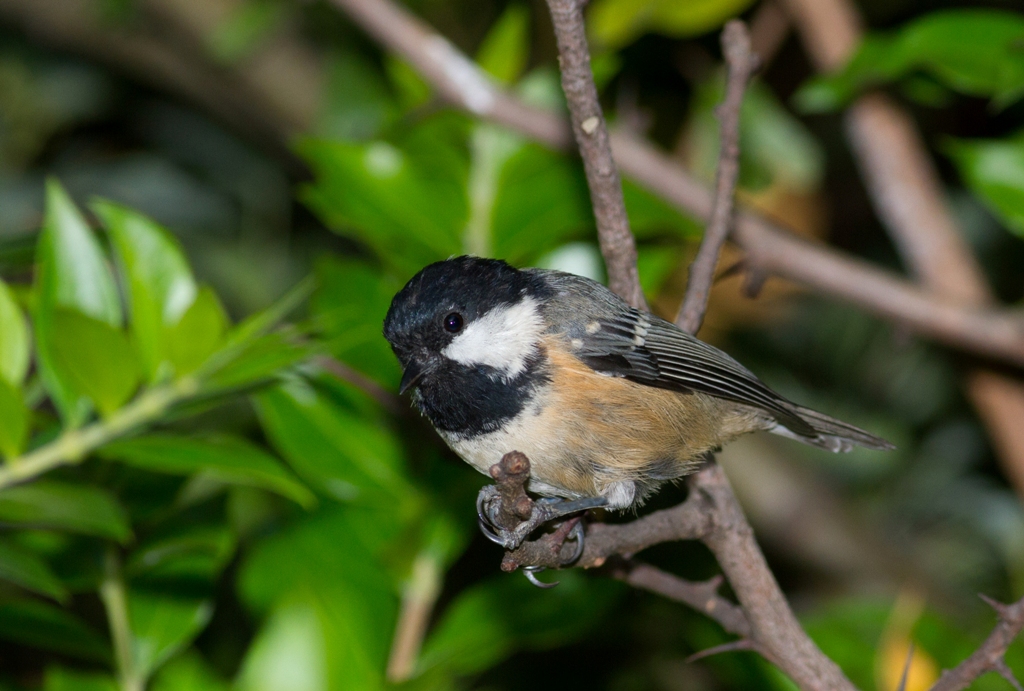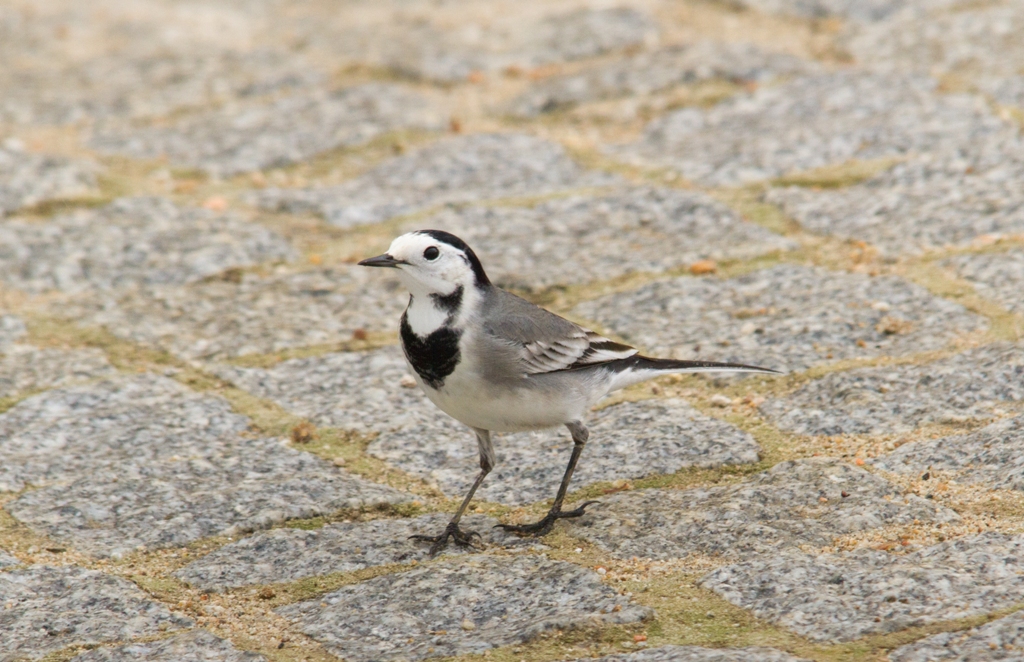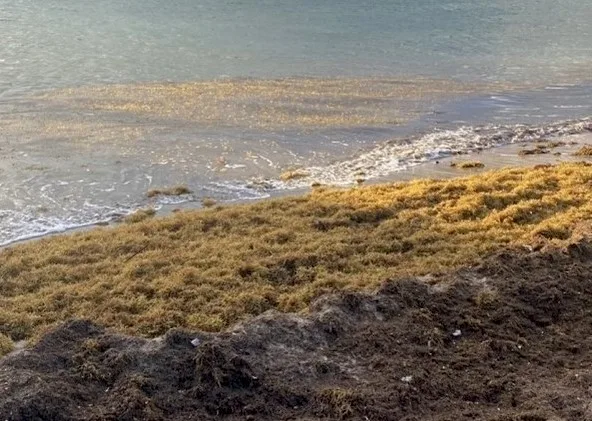Every month, the Gulbenkian Gardens, in the heart of Lisbon, highlight one of the bird species that live there and present it to those who visit this green area. The project started in 2012 with 42 species registered and continues showing results. Wilder tells you everything.
Every two weeks, over 15 months, João Eduardo Rabaça went over and over every corner of the Calouste Gulbenkian Foundation gardens, in Lisbon, eyes and ears wide open. That is how he got to know that there are 42 bird species living in these gardens.
João Eduardo Rabaça, from University of Évora and coordinator of the LabOr – Laboratory of Ornitology, started this bird list in June 2012. This happened after contacting the Calouste Gulbenkian Foundation and receiving a “fantastic” approval, he told us.
The aim is “to know what exists and transmit this knowledge to people”, showing them that “even in a city you can find species usually associated only with rural areas and distant forests”.
Today, more than three years later, the project continues to bear fruit. One of the most important is the campaign “One month… one bird” that began in March 2013 and continues now with the campaign “Other month … another bird”.
Each month a different bird is presented to the gardens visitors, chosen among those that occur in that season. Placards in the open air show a big picture of the bird of the month (photos by Diogo Oliveira, associated with the project) with common and scientific names of the species and a text with curiosities and principal characteristics.
“So far, we provided information on over 30 species and the campaign will continue until February 2016”, João Rabaça explains.
The information is also available indoors. Those who come to the Foundation counters can take free postcard with them with a picture of the bird of that month. “Usually the postcards run out in the first few weeks”, the professor warns.
Among the species already presented, João Rabaça mentions three by the curiosity they arouse: “the water-hen, a resident bird; the black flycatcher, a migratory bird we can see in September and early October; the common thrush, a wintering bird in the gardens. But many others could be indicated.”
The monthly information is also available on the Gulbenkian site “Uma ave de cada vez” (A bird at a time). But until the end of October it is expected that every bird registered in the gardens also appears on the Internet, as Paula Côrte-Real, coordinator of the educational program of the Gulbenkian Gardens, reveals.
A book on “The birds of the Gulbenkian gardens” will be published soon.
The project also includes activities with the public as part of the Discover Program that will continue in 2016. For instance, in the “Garden’s Soundscapes”, João Eduardo Rabaça challenges the participants to a very attentive ear ride into the songs of the birds, helping them to identify some of the species by the sounds they make. He also organizes sessions of scientific ringing which have been showing an enormous interest by the public.
The listing of bird species is due to continue
Paula Côrte-Real remembers that making a list of the fauna and flora of that green area began in 2006 with the working up of a map with the garden’s plants and trees (available on the Internet), which is being updated.
And work will not stop there: “We intend to go on gathering data on mammals, reptiles, amphibians, insects and fungi existing in the garden, as well as creating a biodiversity forum “on line” where visitors can record their observations, thus contributing to the constant updating of the biodiversity list in this space.”
As for the role of Nature and gardens in the Gulbenkian Foundation, Paula Côrte-Real notes that Calouste Sarkis Gulbenkian had a fascination for these issues and that is the reason why the land where the Foundation is installed today was chosen. “Among the five spaces available at the time, the Palhavã Park was the only one where it would be possible to create a space truly at the founder’s liking, where nature and art were protagonists”.
Biodiversity, both fauna and flora, “was from the beginning an important goal of the project, which, opposed to the concept of botanical garden or zoo, integrates these two aspects framed in a natural continuous, which is the green structure of a city.”
That is why, among fauna seen in the Gulbenkian gardens, including birds, many species are there just passing between Monsanto Forest Park and other green spaces in Lisbon, or even in migratory routes of thousands of kilometers.”
Other species, such as water-hens, already make their nests there and can be seen all year round. What about visiting them in autumn?
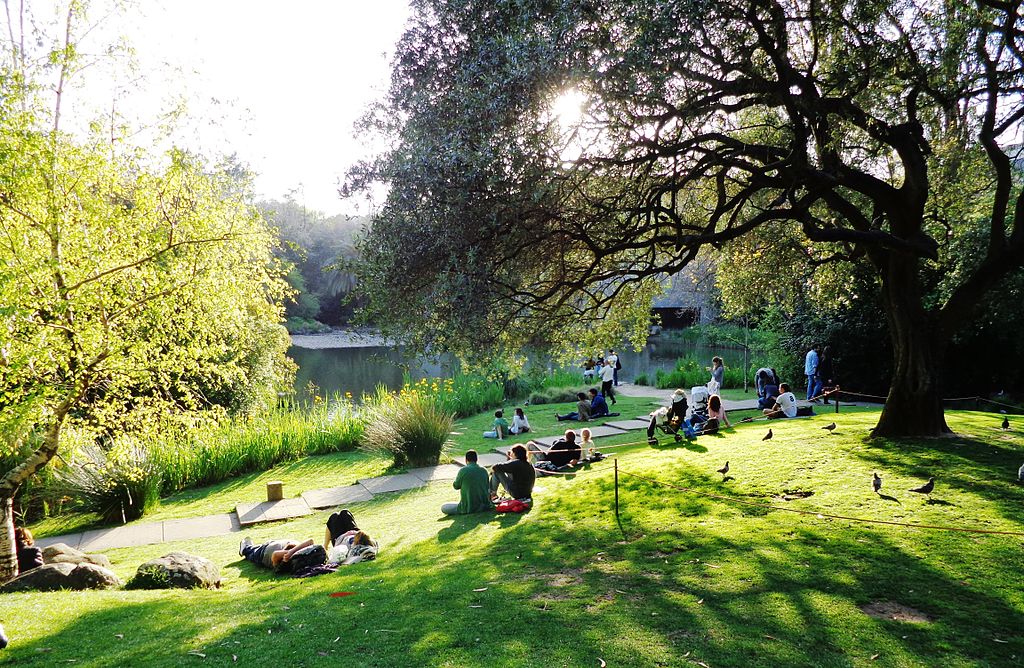
[divider type=”thin”]Now it is your turn.
João Rabaça tells you some bird species you can find in the Gulbenkian Gardens this time of year.
“During these months of autumn transitions, those who visit the garden for the first time can easily register the presence of blackbirds, wrens, ducks and water-hens (these ones by the lake or near the tanks alongside the Modern Art Centre).
Over and above, of course, you can observe domestic-pigeons and common-sparrows, a constant presence in every city. But other birds less conspicuous as firecrests, blackcaps, black-starlings, grey-wagtails or red breasted-robins can be registered with a little more attention and persistence.
And you can always be lucky enough to observe the magnificent kingfisher flying over the lake or staying on a high branch. Or you can see one of the exclusive visitors of this period as the black flycatcher! And if you have this luck, think of the thousands of kilometers this little bird has travelled from its provenance area (Northern and Central Europe) and the thousands it will still travel to reach its winter shelters in Africa…”

